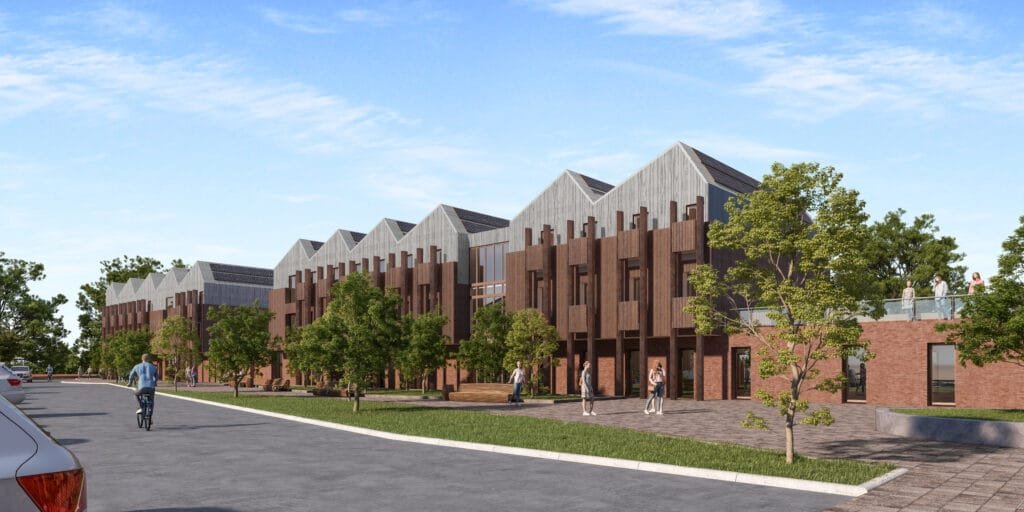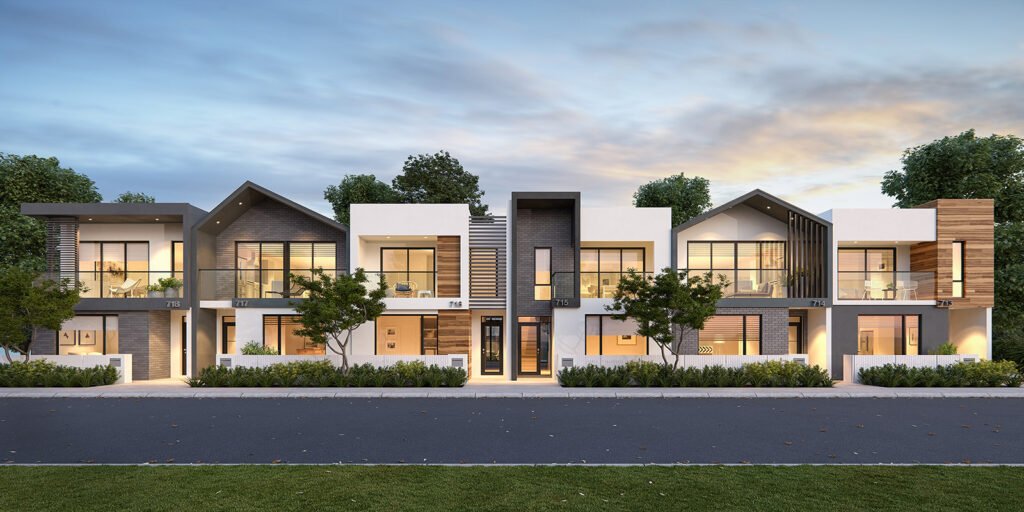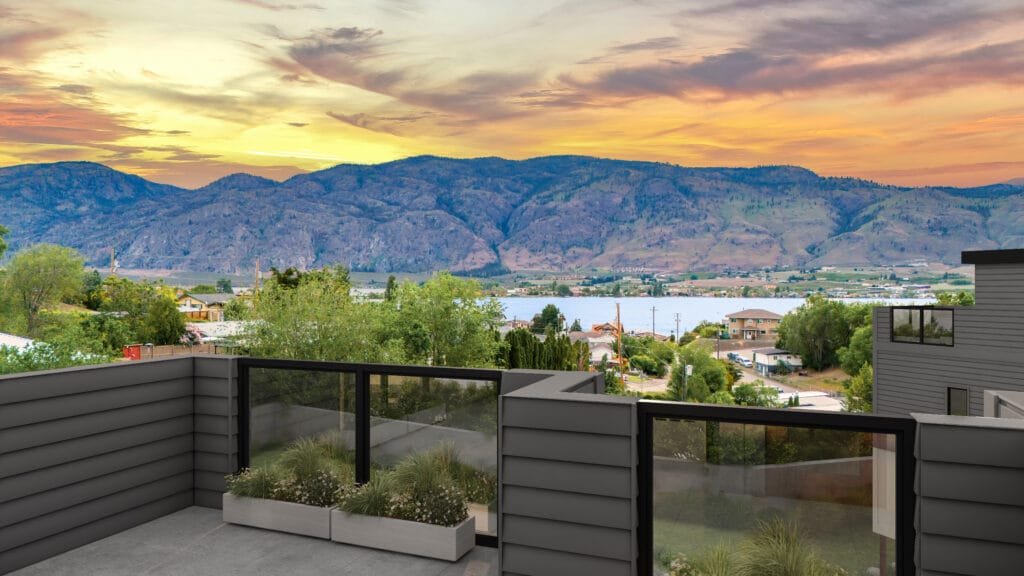Table of Contents
KEY TAKEAWAYS
What drives 3D architectural rendering cost?
Factors include project complexity, number of views, level of detail, revisions, turnaround time, software and hardware requirements, plus license and cloud fees.
How can architects optimize budget without sacrificing quality?
Consolidate camera angles, limit revision rounds, reuse PBR materials, leverage real-time engines for fast previews, and choose package pricing over per-image rates.
How do you calculate ROI on rendering investment?
Compare faster approvals, reduced on-site change orders, increased pre-sales, and marketing engagement lifts against rendering fees to gauge return.
Which components make up the total 3D architectural rendering cost?
Line items include model complexity, view count, material fidelity, lighting setups, render engine choice, hardware or cloud fees, post-production, and revision rounds.
What Is the True Cost of 3D Architectural Rendering?
When you first scope out a project and get quotes from various rendering companies, the array of numbers daily rates, per-image fees, and rush surcharges can feel overwhelming. It may seem like the final price hinges on an inscrutable formula, but understanding the core drivers of rendering costs is within reach.
At ArchiRender3D, we’ve guided architects, developers, and marketing teams through this maze dozens of times, helping them translate technical briefs into clear price ranges and predictable budgets.
Perhaps you’ve asked a rendering company for a ballpark figure, only to receive a spaghetti-like spreadsheet of line items. Or you’ve wondered how two providers can quote vastly different rates for seemingly identical rendering services.
It appears that the differences often boil down to factors like model complexity, level of detail in architectural visualization, and the number of revision cycles.
By the end of this post, you’ll know not just the typical price range for still images, animations, and virtual tours but also the practical steps you can take to influence that final price in your favor.
We suspect that many firms underestimate the value locked in high-quality visuals: faster approvals, fewer on-site surprises, and stronger marketing collateral.
Yet, those benefits don’t have to come at a prohibitive cost.
Drawing on real-world examples and user-first insights, we’ll unpack the elements that shape rendering costs, reveal how to compare quotes from competing studios, and share budget-optimization strategies that preserve both quality and ROI.
Let’s demystify the numbers and empower you to make informed decisions for your next 3D architectural rendering project.
Introduction: Why Cost Estimation Matters?
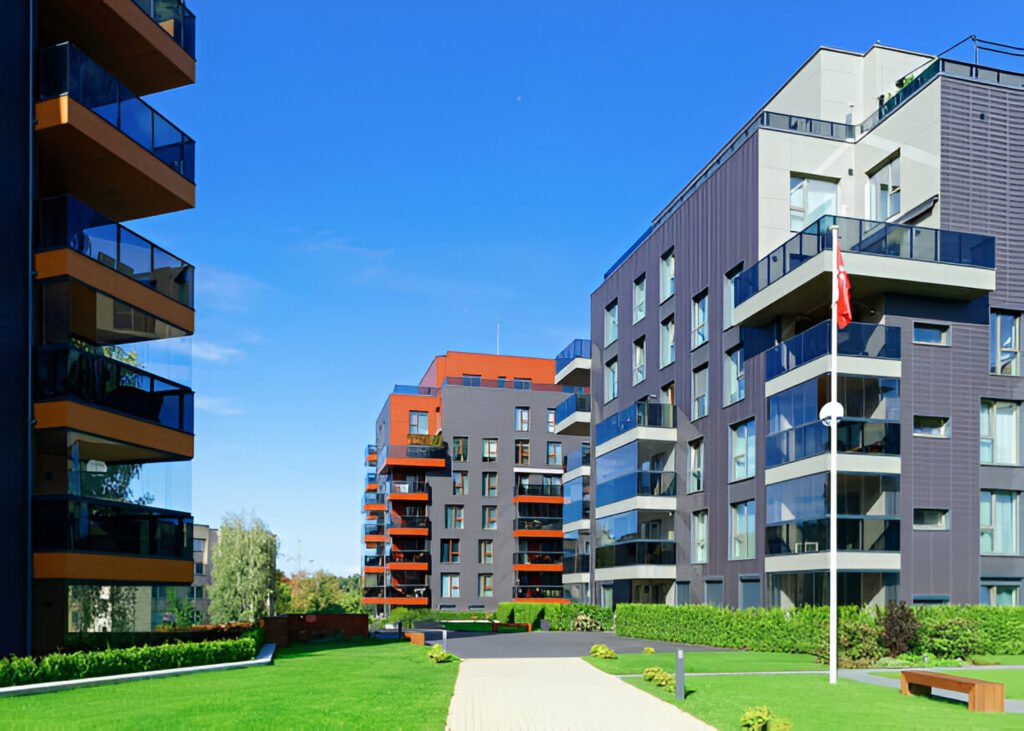
Budgeting for 3d architectural rendering can feel opaque, especially for clients commissioning their first render.
We frequently hear assumptions like “all renders cost about the same” or “there must be a fixed rate for this type of work.” In reality, we’ve observed that 3d architectural rendering cost is determined by a range of factors, from project complexity to style expectations and deadlines.
Careful planning and clear communication upfront seem to help clients avoid surprises later and ensure the rendering process goes smoothly.
Why Do Architectural Rendering Costs Vary?
One of the most common areas of confusion is why some renders cost $400 while others can exceed $2,000.
From our experience, these cost differences reflect how much time, detail, and expertise is needed. The following variables are some of the biggest drivers of price:
Scene complexity (simple structure vs complex context)
Detailing requirements (basic textures vs photorealistic materials and lighting)
Number of views requested
Timeframe for delivery
Expected revision cycles
It appears that projects requiring more creative refinement, precision, and polish naturally command higher fees.
What Key Factors Influence Rendering Costs?

While every project is unique, we’ve observed general patterns in pricing:
| Type of 3D Rendering | Price Range | Typical Delivery Time |
|---|---|---|
| 3D Exterior Rendering (Residential) | $400 – $1,500 | 3 – 6 days |
| 3D Exterior Rendering (Commercial Building) | $1,000 – $10,000 | 3 – 8 days |
| 3D Interior Rendering | $199 – $1,000 | 2 – 5 days |
| 3D Floor Plan Rendering | $199 – $900 | 2 – 3 days |
| 3D Architectural Animation | $5,000 – $15,000 | 2 – 3 weeks |
| 3D Walkthrough Animation (CPU-Based, Corona and V-Ray) | $60 – $150 per second | 2 – 3 weeks |
| 3D Walkthrough Animation (GPU-Based, Lumion) | $20 – $100 per second | 1 – 2 weeks |
| 3D Product Rendering (Simple) | $50 – $100 | 1 – 2 days |
| 3D Product Rendering (Complex) | $300 – $1,000 | 2 – 5 days |
| 360° Virtual Tour or Panorama | $750 – $2,000 | 5 – 10 days |
| 3D Aerial Renderings | $450 – $1,000 | 7 – 14 days |
| Simple exterior (single view) | $350 – $700 | 2 – 3 days |
| High-quality exterior | $800 – $2,000 | 3 – 8 days |
| Basic interior | $300 – $700 | 2 – 4 days |
| High-quality interior | $700 – $1,800 | 5 – 7 days |
| Complex aerial or contextual render | $1,500 – $4,500+ | 8 – 12 days |
These figures are guidelines. Your final quote will reflect your project’s specific scope and any bespoke requirements.
It’s always worth asking for an itemized breakdown, so you see exactly where each pound is being invested.
What Key Factors Influence Rendering Costs?
In conversations with clients, we explain that the following factors generally influence 3d architectural rendering cost:
Size and scope of the project: A single-family home vs an urban masterplan
Required quality: Basic concept sketch or high-resolution marketing image
Number of images/views: Additional camera angles increase effort
Lighting complexity: Simple daylight scene vs detailed dusk/night render
Contextual elements: Landscaping, furnishings, vehicles, people
It seems that even projects that look “simple” at first glance can become complex once detail and realism expectations are factored in.
Level of Detail: Conceptual vs Photorealistic

When you compare quotes from different rendering companies, one of the first line items you’ll notice is the level of detail—a major cost driver in any 3D architectural rendering project.
It may seem that all renders look the same at a glance, but the reality is that the difference between conceptual and photorealistic detail levels can be the difference between a quick sketch and a full-blown marketing masterpiece.
Conceptual renders focus on massing, proportions, and basic materials, think simple color fills, generic furniture blocks, and untextured surfaces. We’ve found these can be turned around in a day or two when you need to explore multiple layout options rapidly.
For early-stage design discussions or feasibility studies, they’re often all you need to gauge scale and spatial relationships.
One small practice in Bristol cut their costs in half by using conceptual renders to validate site orientation before committing to higher-fidelity visuals.
On the other end of the spectrum are photorealistic renders, which aim to replicate real-world conditions down to the tiniest detail.
Here you’re looking at sophisticated shadow studies, nuanced material textures like the subtle grain of a timber façade or the polished reflection on porcelain tiles, custom interior styling, fully fleshed-out landscaping, and even tiny imperfections that add believability (a fingerprint on a glass balustrade or a skewed vase on a console table).
It appears that creating this level of polish can take three to five times longer and require artists with specialized skills so the rendering costs naturally climb.
We suspect that some clients may underestimate the effort needed to achieve hyper-realistic marketing visuals.
On a recent penthouse project in central London, our team spent nearly 50 hours alone perfecting the courtyard plants’ seasonal colors and the dusk light’s angle to evoke evening ambience.
The client believed these refinements were minor tweaks, but they played a crucial role when the renders appeared on the developer’s website—driving a 45% increase in qualified enquiries within 48 hours of launch.
To choose the right level of detail for your project, consider where you are in the design process and what you hope to accomplish.
Conceptual renders can help you iterate rapidly and keep rendering costs in check, while photorealistic visuals can elevate your architectural visualization to a marketing asset that sells units, secures funding, and accelerates approvals.
By weighing the trade-offs between speed, budget, and impact, you can align your final price with your project’s goals—and avoid surprises when the invoice arrives.
Timelines and Urgent Requests
Timeline is another key cost factor.
In our experience, when clients request a fast turnaround (sometimes called a “rush job”), they should expect a higher price. Tight deadlines often require reallocating resources, extending work hours, and prioritizing that project over others.
It seems that a standard project completed in 5–7 business days could attract a surcharge if required in 2–3 days.
Single Image vs Full Packages
Some clients are surprised to learn that ordering multiple views together often provides better value than ordering each image separately.
Once a 3D scene is created and all elements modeled, generating additional camera angles is typically more efficient and affordable.
For example, a package with an exterior shot, two interior perspectives, and an aerial view may offer better overall value than requesting four unrelated single images.
We’ve seen many clients benefit from a bundled approach — it reduces 3d architectural rendering cost per image while improving the consistency of visuals across marketing materials.
Interior vs Exterior Rendering Costs
We have noticed that interior renderings can sometimes cost more than exteriors, depending on expectations.
This might seem counterintuitive since exterior scenes cover larger areas. But interiors require more fine detail:
Textured materials (fabrics, woodgrain, tiles)
Accurate lighting simulation
Staging and furniture placement
Decorative accessories
These elements can add significant modeling and rendering time, increasing overall 3d architectural rendering cost.
Additional Services and Options
Clients increasingly request additional services that also affect pricing, such as:
Custom entourage (high-quality people, cars, props)
High-resolution files for large-format printing
While these services enhance the impact of visuals, they require additional skill and production time.
It is suspected that many clients initially underestimate the cost impact of these extras — something we aim to clarify early in project discussions.
The Value Factor
While price is an important consideration, we encourage clients to reflect on the value of the investment too.
In our experience, high-quality renderings often help clients sell properties faster, win competitive bids, or secure approvals. It appears that the quality of a rendering can influence buyer confidence and decision-making.
Of course, this isn’t guaranteed, and not every project demands a hyper-realistic, polished image. But in premium markets or competitive situations, a more expensive rendering may represent a worthwhile investment when weighed against its potential return.
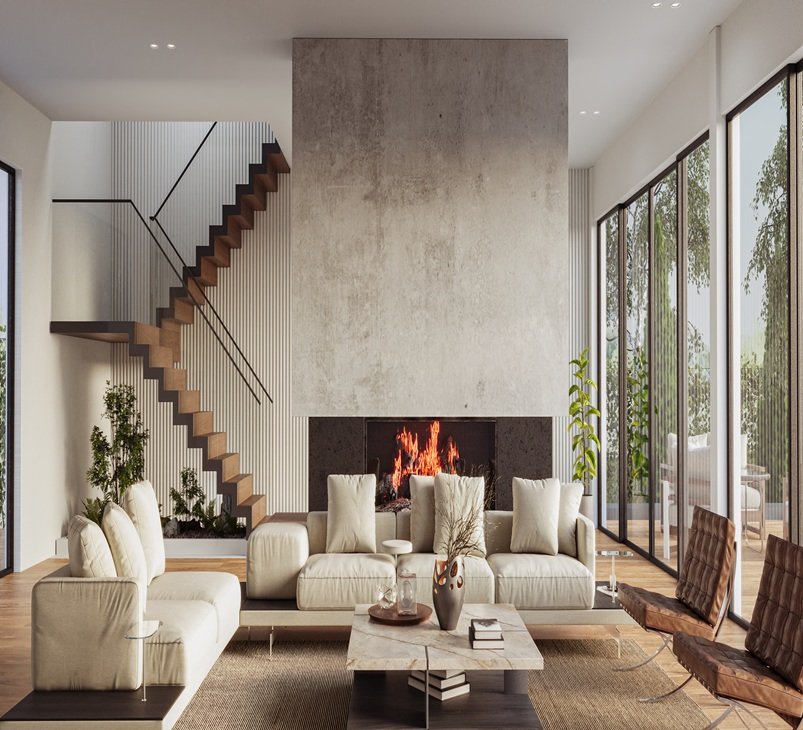
Conclusion: A Practical Approach to Budgeting
Navigating the question of 3D architectural rendering cost doesn’t have to feel like wandering through a maze of quotes and hidden fees.
By breaking down the elements that drive pricing—complexity, level of detail, deliverable types, and revision cycles—you gain the power to make informed decisions that align with your project goals and cashflow.
It appears that when you prioritize the views that truly matter, leverage reusable assets, and bundle services intelligently, you can unlock the immersive benefits of photorealistic imagery without blowing your budget.
At ArchiRender3D, we believe that transparent communication is the foundation of a successful collaboration. That’s why we start every engagement with a clear, itemized estimate and a shared understanding of deliverables, timelines, and revision allowances.
It’s suspected that this upfront clarity not only reduces unexpected costs but also fosters trust—so you can focus on design, approvals, and marketing rather than chasing down invoices.
So how much does 3d architectural rendering cost?
There is no fixed answer. We’ve observed that costs vary based on complexity, quality expectations, timeline, and project scope.
At ArchiRender3D, we encourage clients to think strategically:
Define your goals clearly
Provide detailed briefs and reference materials
Decide how realistic or detailed the visuals need to be
Discuss packages if you need multiple views
Plan timelines carefully to avoid rush fees
Ready to see what’s possible?
Reach out to ArchiRender3D today for a free consultation and customized quote.
Let us show you how strategic planning and creative expertise can transform your architectural vision into cost-effective, photorealistic realities that propel your projects and your profits forward.
FREQUENTLY ASKED QUESTIONS
What factors influence 3D architectural rendering cost?
Several elements shape your final price, including project complexity, level of detail (conceptual vs photorealistic), requested deliverables (stills, animations, virtual tours), number of revision rounds, and rush timelines.
It appears that clear briefs and complete CAD/BIM files help studios provide more accurate estimates and avoid hidden fees.
Why do photorealistic renders cost more than conceptual architectural visualization?
Photorealistic renders demand advanced texturing, lighting simulations, and environmental styling—sometimes including bespoke furniture models and seasonally accurate landscaping.
It’s believed that artists spend three to five times longer perfecting these nuances, which naturally increases rendering services costs.
How do I compare quotes from different rendering studios?
Ask for itemized estimates, clarify deliverables (formats, resolutions, turnaround), and confirm included revision rounds to ensure an apples-to-apples comparison.
How can I optimize my 3D architectural rendering budget without sacrificing quality?
Prioritize key viewpoints, reuse 3D assets across phases, and bundle deliverables (e.g., stills + virtual tour). Agree on a fixed number of revisions upfront and negotiate phased payments tied to deliverables.
What return on investment can I expect from 3D rendering services?
High-quality architectural visualization often pays for itself through faster sales or leases (up to 50% quicker), stronger investor confidence, and reduced on-site change orders (15–25% fewer). Many clients recover rendering costs within one or two successful transactions.
